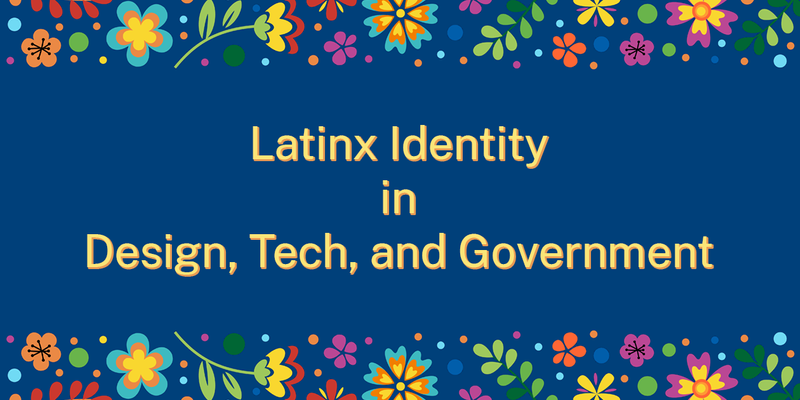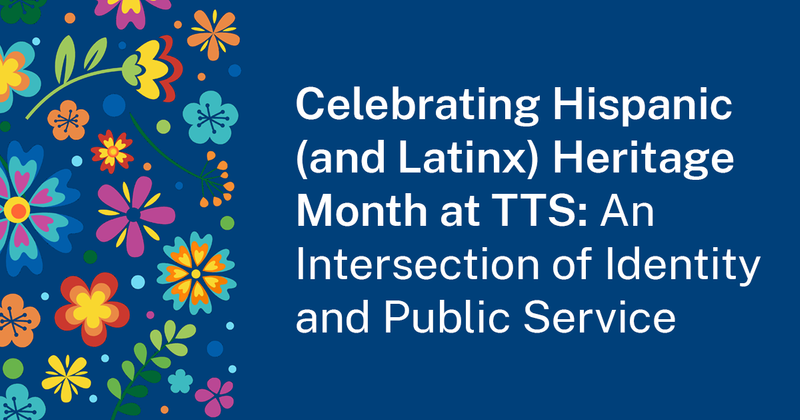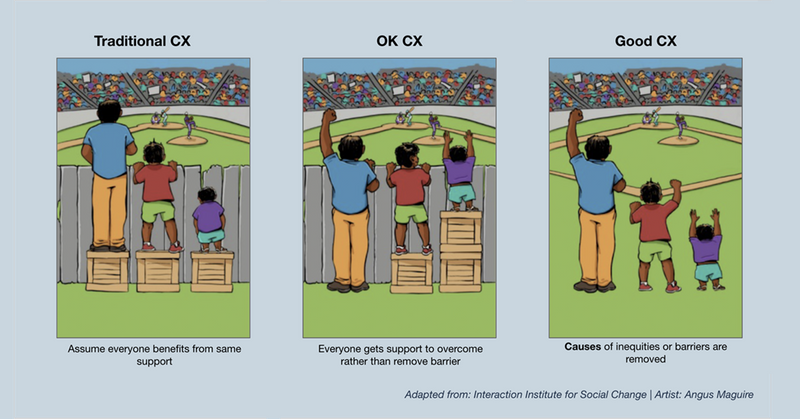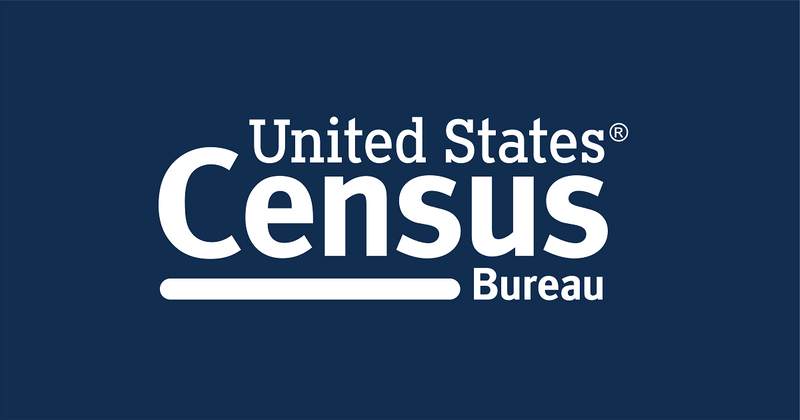Diversity, Equity, and Inclusion
Find out how to incorporate diversity, equity, inclusion, and accessibility (DEIA) into digital experiences.
When digital experiences are designed to be inclusive, they are accessible to all — people with diverse abilities, people who speak different languages, and people from diverse cultural, ethnic, and economic backgrounds. Inclusion creates a better user experience for everyone. When we consider inclusion from the start of designing digital experiences, we create a wider impact for the products and services we design.
Related Policy
Executive Order 14091: Further Advancing Racial Equity and Support for Underserved Communities Through the Federal Government
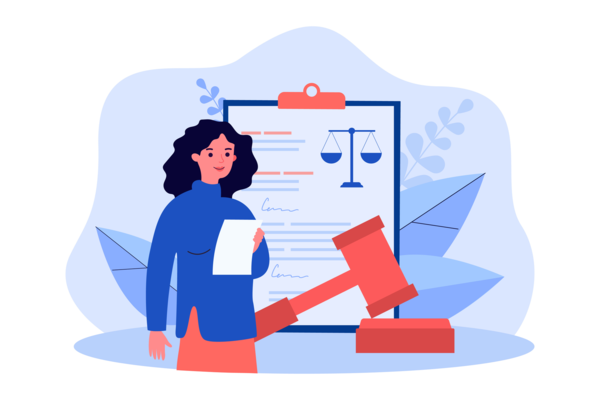
Diversity, equity, inclusion, and accessibility: Essential knowledge
-
Embedding equity in civic design to transform customer experience
Learn how designers in the federal government leverage design methods to build a foundation for improved customer experiences for all people.
-
Inclusive design patterns
See the U.S. Web Design System’s research report and learn how findings lead to library of guidance and examples focused on key digital interactions that foster effective, inclusive, and equitable digital experiences.
-
An introduction to pronouns
Learn how to respectfully use someone’s pronouns.
-
Accessibility for Teams
A quick-start guide for embedding accessibility and inclusive design practices into your team’s workflow.
-
Office of Personnel Management (OPM) | Diversity, Equity, Inclusion, and Accessibility
Use these strategies and actions to meet your diversity, equity, and inclusion goals.
Diversity, Equity, and Inclusion events
Supporting inclusive language through automation
USWDS Monthly Call - August 2022
Diversity, Equity, and Inclusion news
How multicultural research guides the USA.gov benefit finder
Discover how USA.gov tailors its benefit finder experience for both English and Spanish-speaking users through culturally nuanced content. Through dual-track language research, a bilingual support team, and A/B testing, USA.gov ensures that more users receive relevant, empathetic, and user-friendly content. The USA.gov team also identified and addressed recruitment challenges to interatively improve its ongoing research processes.— via USA.gov

Department of Justice recognizes anniversary of executive order to improve access for people with limited English profiency
The Department of Justice recently marked the 24th anniversary of Executive Order 13166, which aims to improve access to federal services for individuals with limited English proficiency (LEP). Its Civil Rights Division reviewed language access plans across federal agencies, emphasizing progress in hiring and staff training, improving language assistance services, and expanding multilingual content. The department is committed to eliminating language barriers in federal programs, improving communication and access for all communities.— via Department of Justice

Evaluating your agency’s accessibility just got a whole lot easier with GSA’s OpenACR Editor
To help agencies evaluate the accessibility of their digital products, GSA is making it easier to create Accessibility Conformance Reports through its new OpenACR Editor.
Justice department to publish final rule to strengthen web and mobile app access for people with disabilities
On April 8, Attorney General Merrick B. Garland signed a final rule under Title II of the Americans with Disabilities Act (ADA) to ensure the accessibility of web content and mobile applications for people with disabilities. This final rule clarifies the obligations of state and local governments to make their websites and mobile applications accessible. Learn more about this rule and why the Attorney General believes it will “break down barriers that have kept people with disabilities from fully participating in American Life.”— via Department of Justice

Latinx Identity in Design, Tech, and Government
TTS highlights Latinx employees in civic tech by outlining how ethnicity is defined and reported, and its importance in designing better products and services.
Resources on Diversity, Equity, and Inclusion
-
An introduction to inclusion
An inclusive culture contributes to a sense of belonging, promotes a healthier and more empowering workplace, respects differences, and optimizes for equal opportunities.
-
Executive Order on the Safe, Secure, and Trustworthy Development and Use of Artificial Intelligence
Establishes new standards for AI safety and security, protects Americans’ privacy, advances equity and civil rights, stands up for consumers and workers, promotes innovation and competition, advances American leadership around the world, and more.
-
FACT SHEET: President Biden Issues Executive Order on Safe, Secure, and Trustworthy Artificial Intelligence
Summarizes the eight sections of the Executive Order: New Standards for AI Safety and Security; Protecting Americans’ Privacy; Advancing Equity and Civil Rights; Standing Up for Consumers, Patients, and Students; Supporting Workers; Promoting Innovation and Competition; Advancing American Leadership Abroad; and Ensuring Responsible and Effective Government Use of AI.
-
Embedding Equity in Civic Design to Transform Customer Experience
This case study describes how two civic designers at different agencies embed equity in civic design to transform federal customer experience.
-
An introduction to accessibility
An overview of how to design and deliver accessible digital products and services in the federal government
-
An advanced approach to accessibility
A deeper look at accessibility: what to do, how to do it, and why it matters.
More News and Events on Diversity, Equity, and Inclusion
21 posts
How multicultural research guides the USA.gov benefit finder
Discover how USA.gov tailors its benefit finder experience for both English and Spanish-speaking users through culturally nuanced content. Through dual-track language research, a bilingual support team, and A/B testing, USA.gov ensures that more users receive relevant, empathetic, and user-friendly content. The USA.gov team also identified and addressed recruitment challenges to interatively improve its ongoing research processes.— via USA.gov

Department of Justice recognizes anniversary of executive order to improve access for people with limited English profiency
The Department of Justice recently marked the 24th anniversary of Executive Order 13166, which aims to improve access to federal services for individuals with limited English proficiency (LEP). Its Civil Rights Division reviewed language access plans across federal agencies, emphasizing progress in hiring and staff training, improving language assistance services, and expanding multilingual content. The department is committed to eliminating language barriers in federal programs, improving communication and access for all communities.— via Department of Justice

Evaluating your agency’s accessibility just got a whole lot easier with GSA’s OpenACR Editor
To help agencies evaluate the accessibility of their digital products, GSA is making it easier to create Accessibility Conformance Reports through its new OpenACR Editor.
Justice department to publish final rule to strengthen web and mobile app access for people with disabilities
On April 8, Attorney General Merrick B. Garland signed a final rule under Title II of the Americans with Disabilities Act (ADA) to ensure the accessibility of web content and mobile applications for people with disabilities. This final rule clarifies the obligations of state and local governments to make their websites and mobile applications accessible. Learn more about this rule and why the Attorney General believes it will “break down barriers that have kept people with disabilities from fully participating in American Life.”— via Department of Justice

USWDS Monthly Call - November 2023
Supporting inclusive language through automation
Latinx Identity in Design, Tech, and Government
TTS highlights Latinx employees in civic tech by outlining how ethnicity is defined and reported, and its importance in designing better products and services.
Celebrating Hispanic (and Latinx) Heritage Month at TTS: An Intersection of Identity and Public Service
In this blog, six Technology Transformation Services (TTS) employees share stories of identity and their paths into public service.
USWDS Monthly Call - August 2022
Webinar Recap: How to Build Your Digital Dream Team
Highlights from the Web Managers Community of Practice panel that shared how to get the right team in place to create a trusted, seamless online experience for all your customers.
Five Procurement Strategies for Diverse Digital Services
Modern digital services require a close connection between federal agencies and contractors, as well as customers and other stakeholders. Use these five practical tips to attract and empower contractors who value diversity, equity, inclusion, and accessibility.
Equity, a Core Principle of Customer Experience
This case study describes how two civic designers at different agencies embed equity in civic design to transform federal customer experience.
The Basics of Buying Accessible Products and Services
Building and Supporting a Diverse Technology Workforce in the Federal Government
Brian Whittaker, acting Chief Innovation Officer at the Federal Deposit Insurance Corporation (FDIC), shares his personal reflections on the importance of a diverse workforce in government and civic tech.
Prioritizing Equity in Government-Led Innovation Programs
For the second year, college and university students are leveraging the TOP model from Census to build hands-on skills and address some of our nation’s most pressing challenges.
USAGov en Español Celebrates Hispanic Heritage Month
Since 2003, one program in GSA’s Technology Transformation Services (TTS) has been leading the way in which the government serves the Spanish-speaking community in the U.S. That program is USAGov en Español, the official guide to government information and services in Spanish.
Customer Experience Roundup 2015
Customer experience touches all of the work we do. From Web to mobile to contact centers and social media, we need to not only be aware of our customers’ experiences but also respond quickly and make changes that will enhance their experiences.






